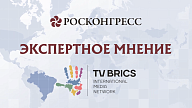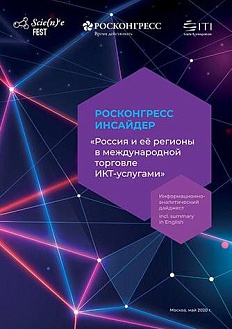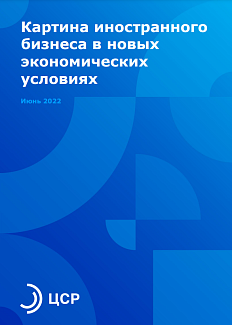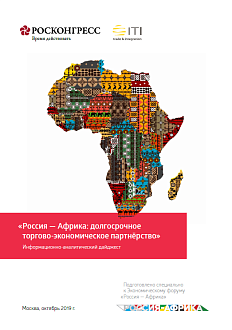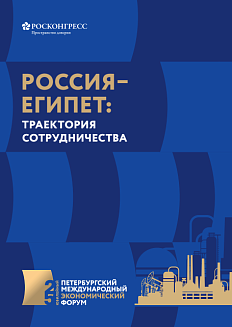Weve been dealing with Eurasian issues for a long time now and started long before the media caught wind of it. By Eurasia, we mean all the territories and economies that stretch from the Atlantic to the Pacific Ocean. Neither can we ignore other countries and economic unions such as: the European Union, Russia, and China. We believe that Russia is a natural ally for Europe, and therefore Russia can and should serve as a bridge between Europe and Greater Eurasia. This is very important during this difficult time of tariff wars and not only as far as economics are concerned but also from the point of view of geopolitics. The upcoming annual Eurasian Economic Forum in Verona, which is set for 2425 October 2019, will deal with these problems. In general, the first thing that needs to take place is for the European Union to start a dialogue with the Eurasian Economic Union. The second thing is to combine projects that China has, for example, with the infrastructure projects of the Eurasian Economic Union.
 |
Roscongress. Expert opinion Prepared with the support of TV BRICS |


